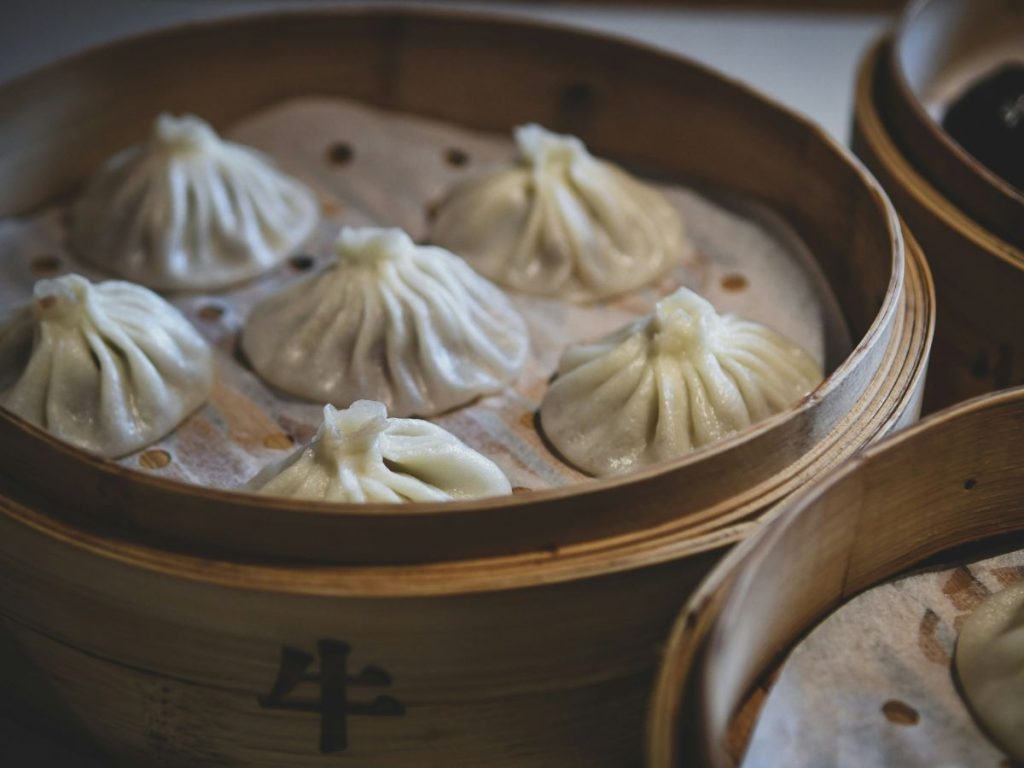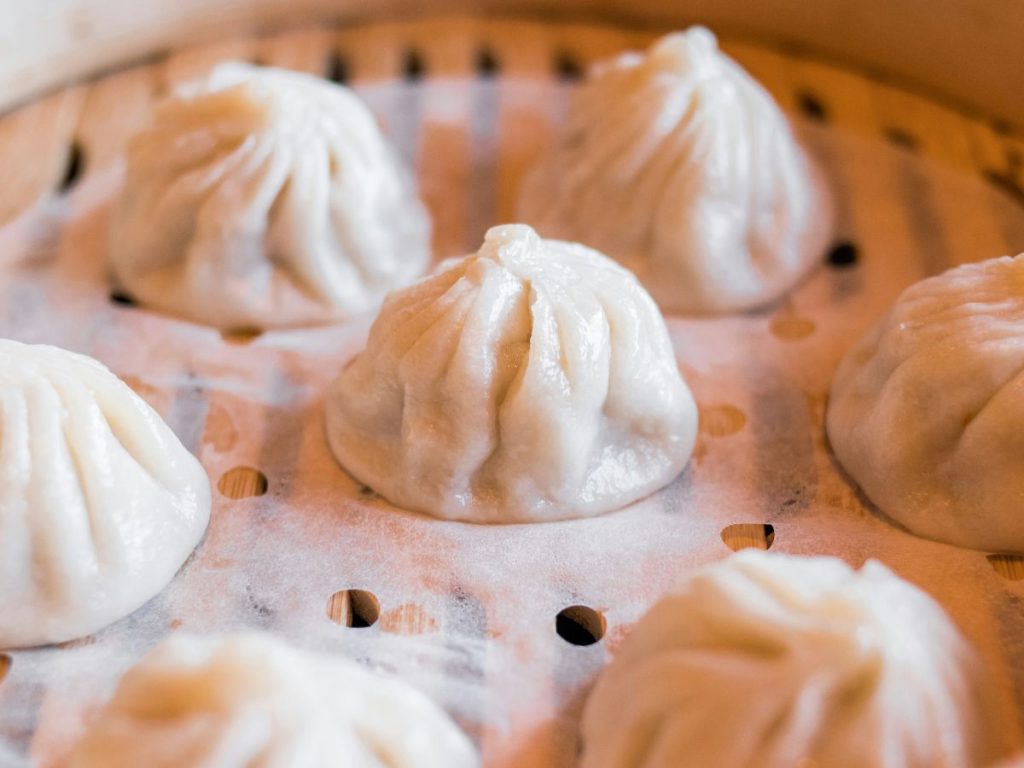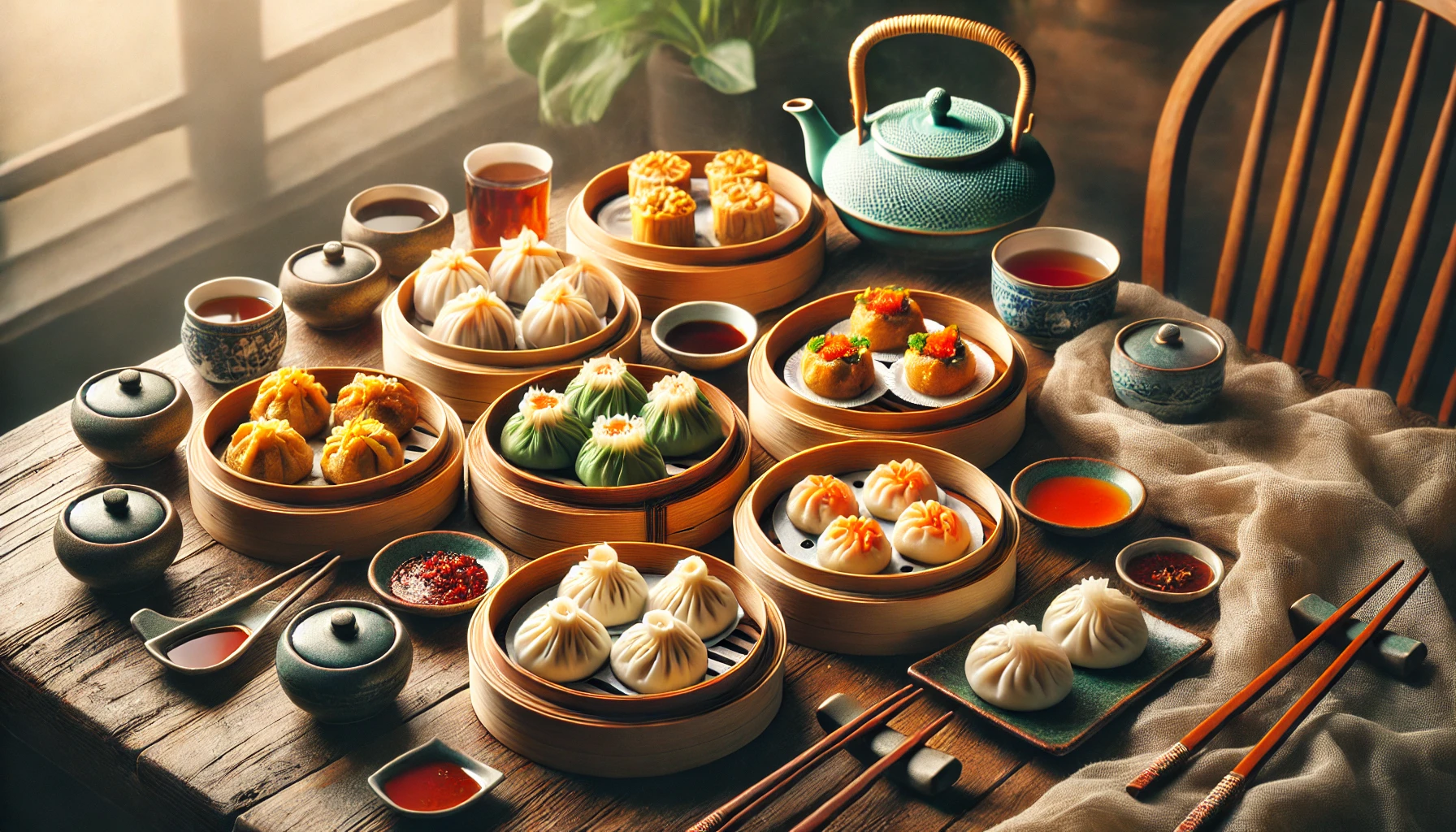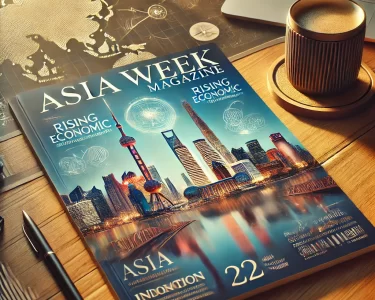Dim sum is more than just a meal—it is an experience steeped in tradition, culture, and culinary artistry. Originating in South China, particularly in the Cantonese-speaking regions, dim sum is a beloved brunch-time ritual that brings people together over small, flavorful dishes accompanied by aromatic tea. Whether you are new to dim sum or looking to deepen your appreciation, this guide will walk you through everything you need to know about this iconic culinary tradition.
The Origins of Dim Sum
Dim sum, which translates to “touch the heart” in Cantonese, traces its roots back to ancient tea houses along the Silk Road. Travelers and merchants would stop at these establishments to rest and refresh themselves with tea and small bites of food. Over time, this practice evolved into the elaborate and diverse spread of dishes that we now associate with dim sum.
By the 19th century, dim sum culture flourished in Guangdong (Canton) and later spread to Hong Kong, where it became an essential part of daily life. Today, dim sum is enjoyed worldwide, from traditional teahouses in China to modern eateries in major international cities.
The Dim Sum Experience: What to Expect

A traditional dim sum meal is served in a bustling, often lively restaurant setting where waitstaff push carts laden with steaming baskets and plates of various dishes. Diners choose their selections as the carts pass by, creating a dynamic and engaging dining experience. In modern establishments, you may also order from a menu, but the communal and social aspect remains a core part of the experience.
Yum Cha: The Tea Ritual
Dim sum is almost always accompanied by tea, a practice known as “yum cha,” which means “drinking tea” in Cantonese. The type of tea served can vary, with popular choices including:
- Pu-erh tea: A fermented tea known for its earthy flavor and digestive benefits.
- Jasmine tea: A fragrant, floral tea that pairs well with delicate dim sum dishes.
- Oolong tea: A semi-fermented tea with a robust, slightly sweet taste.
- Chrysanthemum tea: A caffeine-free herbal infusion known for its floral aroma and cooling properties.
In dim sum etiquette, pouring tea for others before yourself is a sign of respect. Additionally, tapping two fingers on the table when someone refills your cup is a traditional gesture of gratitude.
Popular Dim Sum Dishes You Must Try
Dim sum offers an incredible variety of bite-sized delicacies, ranging from savory to sweet. Here are some must-try items:
Steamed Dim Sum
- Har Gow (Shrimp Dumplings): Delicate, translucent dumplings filled with fresh shrimp.
- Siu Mai (Pork and Shrimp Dumplings): Open-faced dumplings packed with pork, shrimp, and sometimes mushrooms.
- Char Siu Bao (BBQ Pork Buns): Fluffy, steamed buns filled with sweet and savory barbecue pork.
Fried and Baked Dim Sum
- Spring Rolls: Crispy, golden rolls filled with vegetables, shrimp, or meat.
- Turnip Cake: A pan-fried savory cake made from shredded daikon radish and cured meats.
- Egg Tarts: Flaky pastries filled with creamy, sweet egg custard.
Rice and Noodle Dishes
- Cheung Fun (Rice Noodle Rolls): Silky rice noodle rolls filled with shrimp, pork, or beef, served with sweet soy sauce.
- Sticky Rice in Lotus Leaf: A fragrant parcel of glutinous rice, chicken, and Chinese sausage wrapped in lotus leaves.
Desserts
- Mango Pudding: A smooth, creamy mango-flavored treat.
- Sesame Balls: Deep-fried glutinous rice balls filled with sweet red bean paste.
Tips for Enjoying Dim Sum Like a Pro

- Go with a Group – Dim sum is best enjoyed family-style, so bring friends or family to sample a wide variety of dishes.
- Be Adventurous – Try new dishes beyond your comfort zone; you might discover a new favorite.
- Pace Yourself – The sheer number of dishes can be overwhelming, so start with a few and order more as you go.
- Mind Your Etiquette – When using chopsticks, avoid pointing them at others or sticking them upright in rice, as this is considered bad luck.
- Drink Tea – Sipping tea between bites enhances the flavors and aids digestion.
Where to Find the Best Dim Sum
Dim sum restaurants can be found in Chinatowns and major metropolitan areas worldwide. Some of the most famous places for dim sum include:
- Hong Kong: The dim sum capital, with Michelin-starred restaurants like Tim Ho Wan.
- Guangzhou: The birthplace of dim sum, home to historic teahouses.
- San Francisco & New York: Cities with vibrant Chinese communities and renowned dim sum spots.
- London & Sydney: International hubs with authentic Cantonese cuisine.
Also Read:- XPeng’s Ambitious Plan for the “Land Aircraft Carrier” by 2026
Conclusion: A Culinary Tradition Worth Savoring
Dim sum is more than just a meal—it is a celebration of food, family, and tradition. Whether you’re visiting a traditional teahouse in China or a modern dim sum parlor in your city, the experience of sharing these delectable small plates is one to cherish. So gather your loved ones, order a pot of tea, and enjoy the magic of dim sum!





